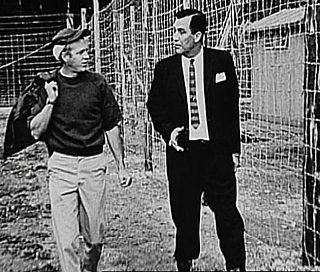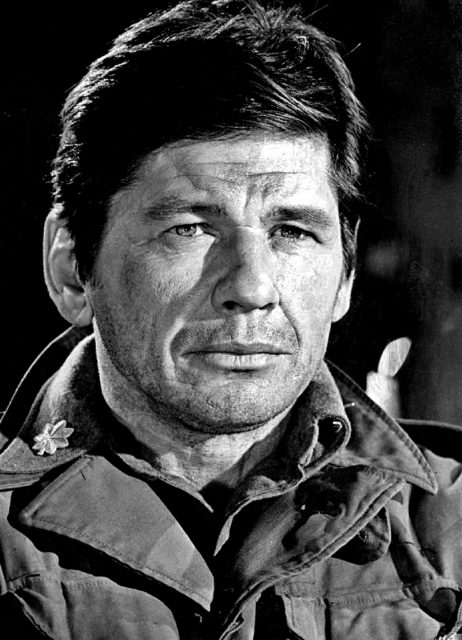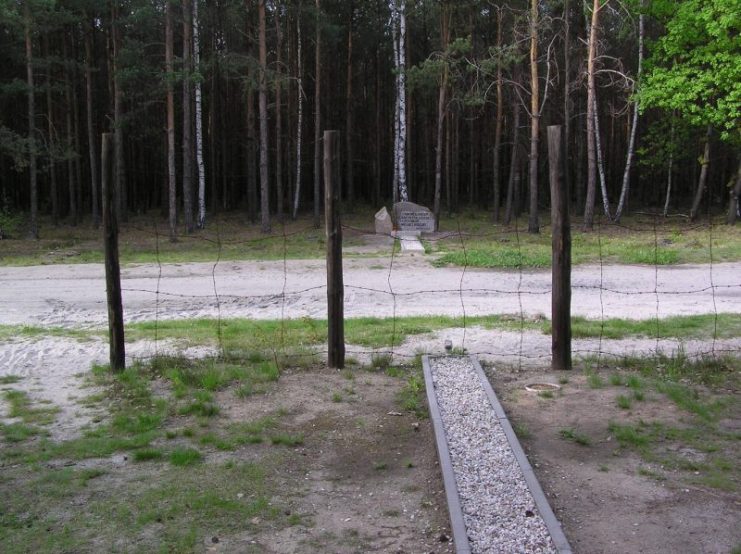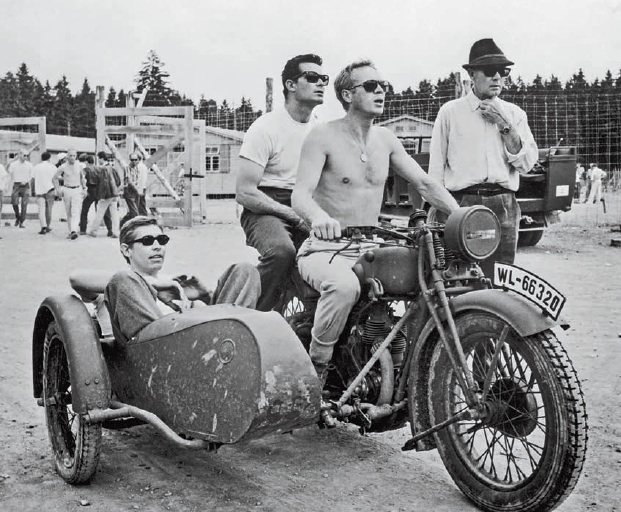Another classic war movie and again with an all star cast (they don’t make them like that anymore). Based upon a daring escape during WW2 and even though it is a good blast to watch – the Hollywood story is way off from the truth. Nonetheless, let’s have a look at some cool facts from the movie:
Hilts (Steve McQueen) strings a wire across the road to obtain a motorcycle. McQueen himself played the German motorcyclist who hits the wire.
Charles Bronson, who portrays the chief tunneler, brought his own expertise and experiences to the set: he had been a coal miner before turning to acting and gave director John Sturges advice on how to move the earth. As a result of his work in the coal mines, Bronson suffered from claustrophobia just as his character had.
One day, the police in the German town where the film was shot set up a speed trap near the set. Several members of the cast and crew were caught, including Steve McQueen. The Chief of Police told McQueen “Herr McQueen, we have caught several of your comrades today, but you have won the prize [for the highest speeding].” McQueen was arrested and briefly jailed.

Several cast members were actual P.O.W.s during World War II. Donald Pleasence was held in a German camp, Hannes Messemer in a Russian camp and Til Kiwe and Hans Reiser were prisoners of the Americans.
During the climactic motorcycle chase, John Sturges allowed Steve McQueen to ride (in disguise) as one of the pursuing German soldiers, so that in the final sequence, through the magic of editing, he’s actually chasing himself.
During production, Charles Bronson met and fell in love with David McCallum’s wife, Jill Ireland, and he jokingly told McCallum he was going to steal her away from him. In 1967, Ireland and McCallum divorced, and she married Bronson.
Steve McQueen also personally attempted the jump across the border fence, but crashed. The jump was successfully performed by Bud Ekins.
Donald Pleasence had actually been a Royal Air Force pilot in World War II, who was shot down, became a prisoner of war and was tortured by the Germans. When he kindly offered advice to the film’s director John Sturges, he was politely asked to keep his “opinions” to himself. Later, when another star from the film informed John Sturges that Pleasence had actually been a RAF Officer in a World War II German POW Stalag camp, Sturges requested his technical advice and input on historical accuracy from that point forward.

Wally Floody, the real-life “Tunnel King” (he was transferred to another camp just before the escape), served as a consultant to the filmmakers, almost full-time, for more than a year.
Paul Brickhill, who wrote the book from which the film is based, was piloting a Spitfire aircraft that was shot down over Tunisia in March 1943. He was taken to Stalag Luft III in Germany, where he assisted in the escape preparations.
Although Steve McQueen did his own motorcycle riding, there was one stunt he did not perform: the hair-raising 60-foot jump over a fence. This was done by McQueen’s friend Bud Ekins, who was managing a Los Angeles-area motorcycle shop when recruited for the stunt. It was the beginning of a new career for Ekins, as he later doubled for McQueen in Bullitt (1968) and did much of the motorcycle riding on the television series CHiPs (1977).

During idle periods while The Great Escape (1963) was in production, all cast and crew members – from stars Steve McQueen and James Garner to production assistants and obscure food service workers – were asked to take thin, five-inch strings of black rubber and knot them around other thin strings of black rubber of enormous length. The finished results of all this knotting were the coils and fences of barbed wire seen throughout the film.
The real-life escape preparations involved 600 men working for well over a year. The escape did have the desired effect of diverting German resources, including a doubling of the number of guards after the Gestapo took over the camp from the Luftwaffe.
The motorcycle scenes were not based on real life but were added at Steve McQueen’s suggestion.
Some aspects of the escape remained classified during production and were not revealed until well after. The inclusion of chocolate, coffee and cigarettes in Red Cross packages is well documented, as is their use to bribe Nazi guards. Other materials useful for escaping had to be kept secret and were not included in the novel or screenplay. Also not revealed until many years later was the fact that the prisoners actually built a fourth tunnel called “George.”
The film was shot entirely on location in Europe, with a complete camp resembling Stalag Luft III built near Munich, Germany. Exteriors for the escape sequences were shot in the Rhine Country and areas near the North Sea, and Steve McQueen’s motorcycle scenes were filmed in Fussen (on the Austrian border) and the Alps. All interiors were filmed at the Bavaria Studio in Munich.
Steve McQueen accepted the role of Hilts on the condition that he got to show off his motorcycle skills.
James Garner developed his “Scrounger” character from his own personal experiences in the military during the Korean War.
